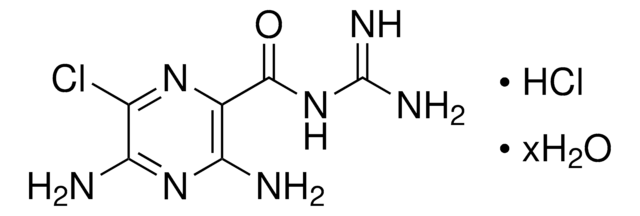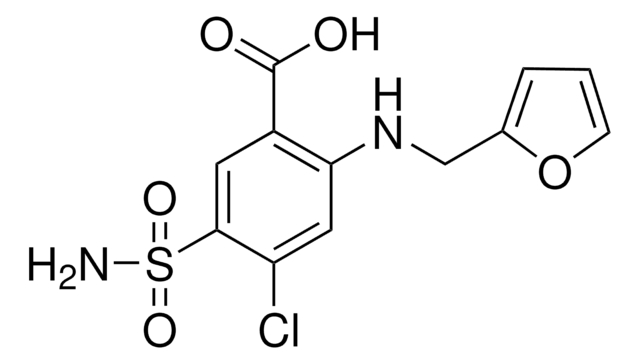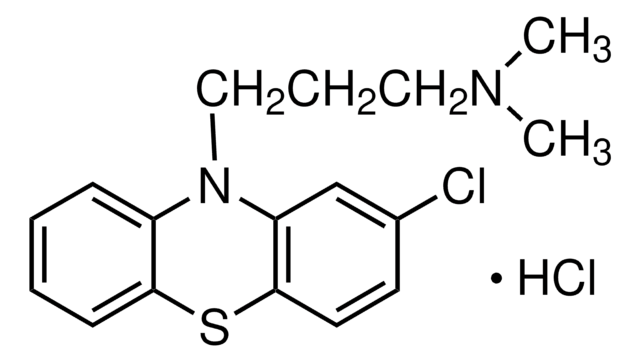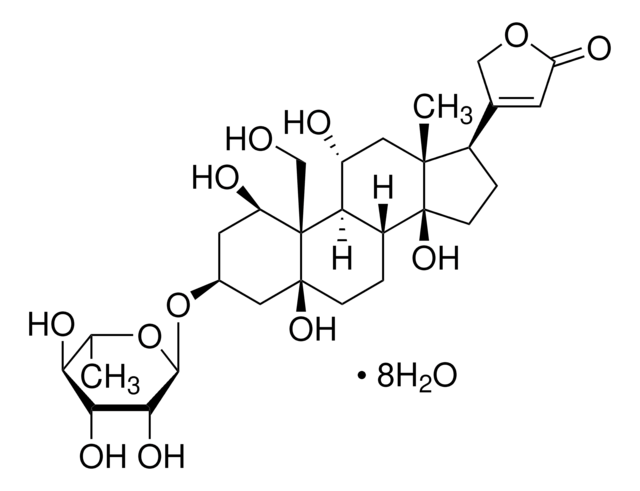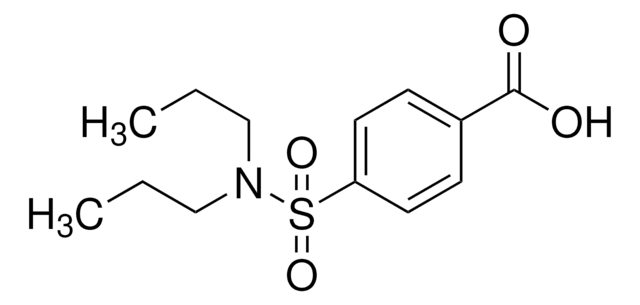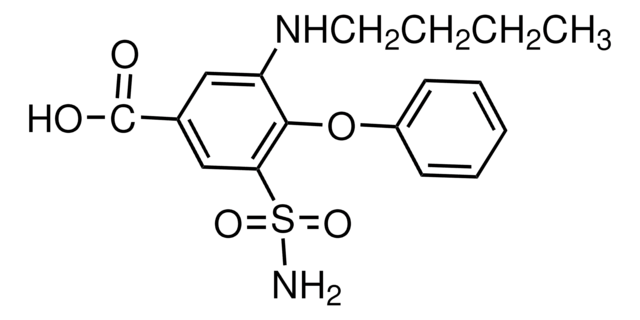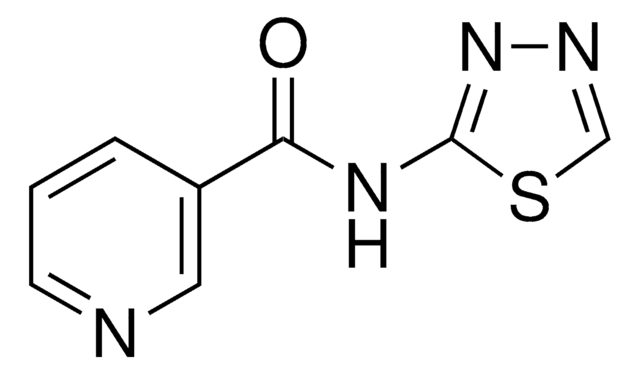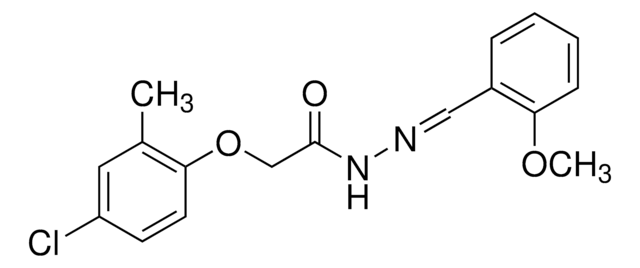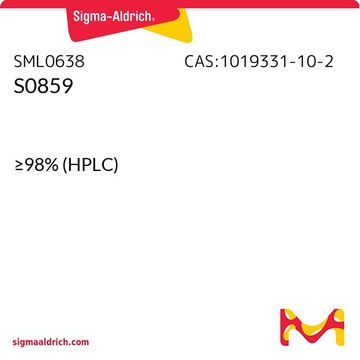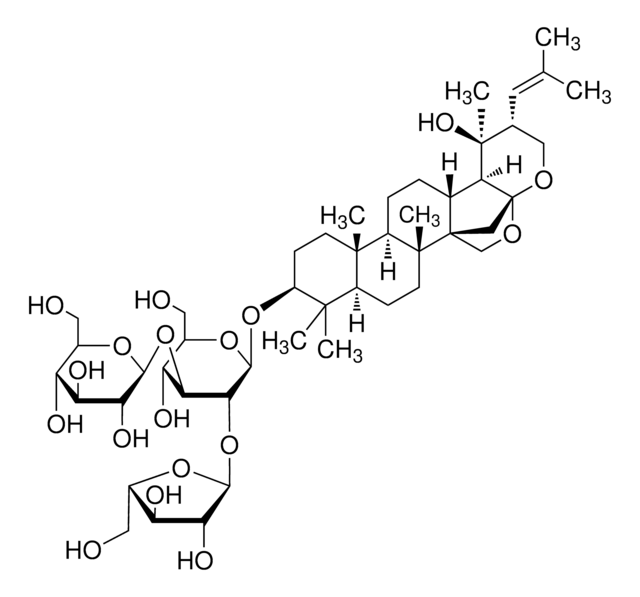B3023
Bumetanide
≥98% (TLC), powder, Na⁺/K⁺/Cl⁻ cotransporter inhibitor
Sinonimo/i:
3-(Aminosulfonyl)-5-(butylamino)-4-phenoxybenzoic acid
About This Item
Prodotti consigliati
Nome del prodotto
Bumetanide, ≥98%
Livello qualitativo
Saggio
≥98%
Stato
powder
Ideatore
Roche
Stringa SMILE
CCCCNc1cc(cc(c1Oc2ccccc2)S(N)(=O)=O)C(O)=O
InChI
1S/C17H20N2O5S/c1-2-3-9-19-14-10-12(17(20)21)11-15(25(18,22)23)16(14)24-13-7-5-4-6-8-13/h4-8,10-11,19H,2-3,9H2,1H3,(H,20,21)(H2,18,22,23)
MAEIEVLCKWDQJH-UHFFFAOYSA-N
Informazioni sul gene
human ... SLC12A1(6557)
Cerchi prodotti simili? Visita Guida al confronto tra prodotti
Azioni biochim/fisiol
Caratteristiche e vantaggi
Codice della classe di stoccaggio
11 - Combustible Solids
Classe di pericolosità dell'acqua (WGK)
WGK 3
Punto d’infiammabilità (°F)
Not applicable
Punto d’infiammabilità (°C)
Not applicable
Dispositivi di protezione individuale
Eyeshields, Gloves, type N95 (US)
Scegli una delle versioni più recenti:
Possiedi già questo prodotto?
I documenti relativi ai prodotti acquistati recentemente sono disponibili nell’Archivio dei documenti.
I clienti hanno visto anche
Il team dei nostri ricercatori vanta grande esperienza in tutte le aree della ricerca quali Life Science, scienza dei materiali, sintesi chimica, cromatografia, discipline analitiche, ecc..
Contatta l'Assistenza Tecnica.